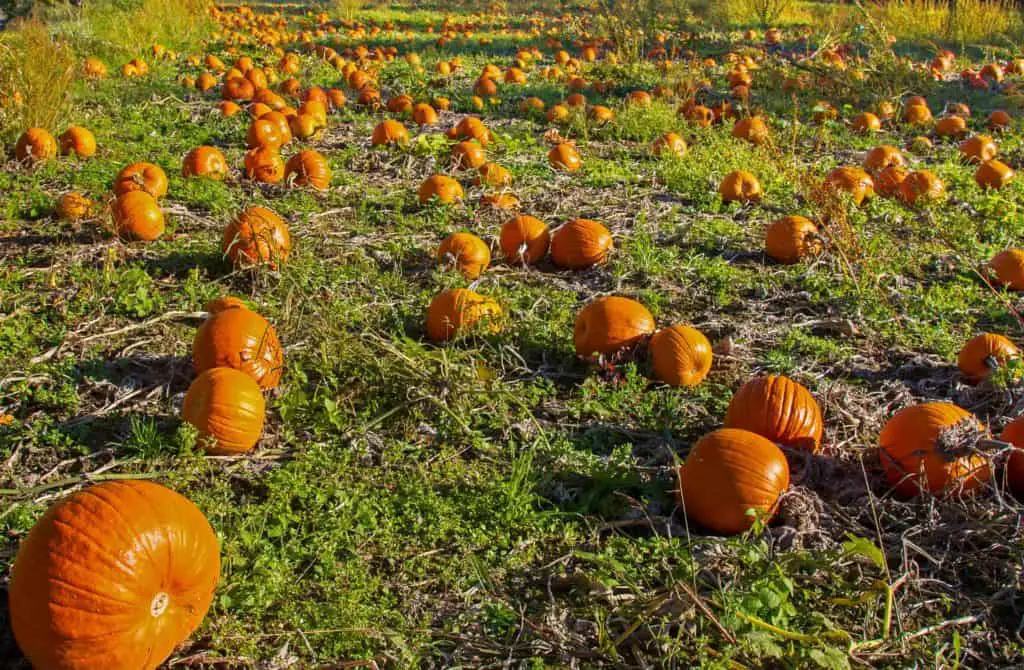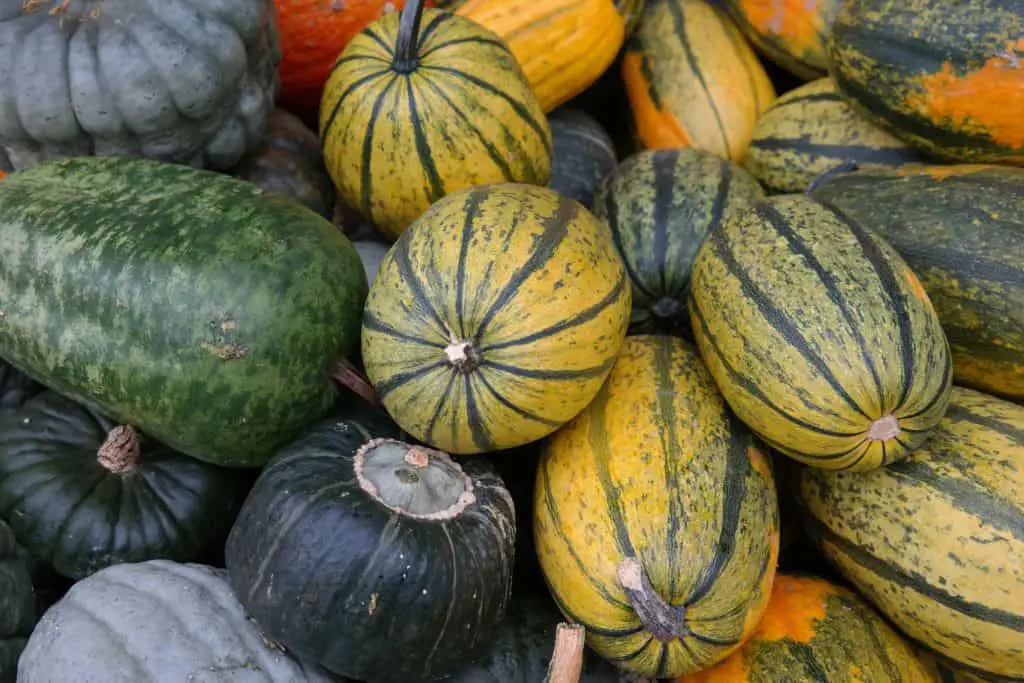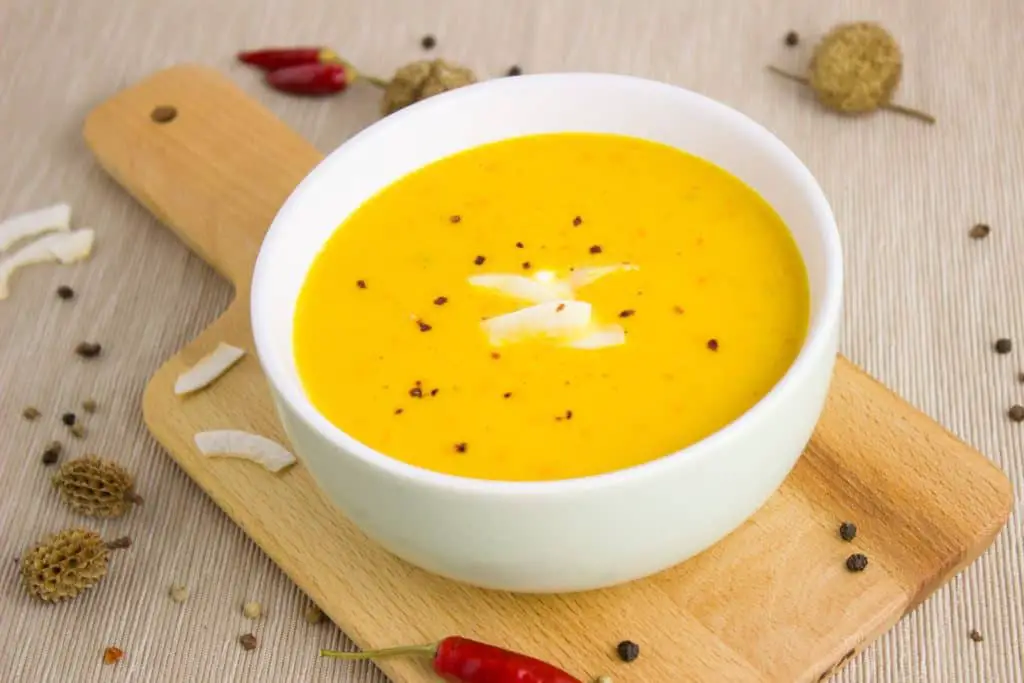How to Plant, Harvest, Cure and Store Pumpkins and Winter Squash – and their health benefits too
If you’re like me, autumn is your favorite time of year. When the air begins to cool, vivid colored foliage appears in the trees and on hillsides, high school and college football are in full swing, the darkness comes a little earlier, and the air seems sweet with the promise of Halloween festivities and their accompanying delicious spices. It is also the time of year when vines begin to wither, revealing plump bright colored pumpkin patches, and glowing butternut and spaghetti squash.
All of these are varieties of winter squash, whose bounty can grow through the fall and be enjoyed during the cold winter months. This article discusses the best times to plant and harvest winter squash, as well as the easiest methods for curing and storing these gourds for enjoyment during the winter months. You’ll also find a few of our favorite family winter squash recipes.

There are several varieties of winter squash, (all part of the cucubitaceae family) including pumpkin, acorn, blue hubbard, buttercup, butternut, delicata, and spaghetti. Considered fruit that grows on a vine. Many gardeners (and foodies) love winter squash because of their easy storage and flavor potential. If harvested, cured, and stored correctly, the fruit of your winter squash plants will last for months.
When to plant: Winter squash (named after the time of year it is enjoyed, as opposed to when it is grown or harvested) ripens in the early fall.
Most winter squash takes 80-110 days to fully ripen. Thus, if you desire to add some winter squash to your garden you will want to plant it as soon as the possibility of spring frost is over (and make sure you’ve got enough room available for their sweeping vines). Planting early will ensure you have enough time to let the plants mature before the first frost of winter hits. Though mature squash plants are known for their hearty nature, keep in mind that the seedlings of the winter squash plant are extremely tender and will freeze with the slightest frost.

How to plant: As with any plant, you will first want to prepare the ground for planting. When planting squash, or other vine plants, you prepare the soil by forming a mound of earth, about 12-18 inches high in which you will plant the seeds. This will allow the plant to cascade as it grows, and keep water from pooling around the plant’s root, which can cause early rot. Once the mound is erected, plant five or six squash seeds directly into the ground at a depth of about one inch.
The seeds won’t begin to grow until the ground has warmed up, as they will only germinate in warm soil. Getting the seeds into the ground early is imperative however, as it takes the squash such a long period of time to ripen. (Note: If your geographic area is known for late spring cold snaps, you may choose to start your winter squash seeds indoors 5-6 weeks early, and transplant them outside in the spring when the danger of frost has passed).
It is best to plant the seeds in rich, fertile, and well drained soil, as squash plants are heavy feeders. The seeds should sprout quickly after the ground has warmed sufficiently to allow for germination. When the seedlings reach about two inches in height, you will want to thin the plants to three plants per mound, with mounds two to three feet apart. (simply removing the smaller, less hearty seedlings).
Two to three feet between plant mounds is the optimal space for squash growth potential and will avoid overcrowding. Because winter squash are vining plants, they will spread out and soon take over each mound. Don’t be surprised if your butternut squash sends out a vine 20 feet or longer.

Winter squash cultivation is best accomplished by hand, or with a garden hoe, and caution must be taken not to cultivate too deeply as gourd and squash roots are typically shallow.
You will also want to watch your crop carefully for bugs such as the squash bug (Anasa tristis) cucumber beetle (of the Chrysomelidae family) or spider mite (of the Tetranychidae family) and even use row covers (when the need arises) or an insecticidal soap to deter such pests. In our garden, we apply insecticides only in the evening when our bees have returned to their hive.
Bees are essential to winter squash growth, as all members of the cucurbit family (summer squash, winter squash, pumpkins, melons, and cucumbers) produce unisexual flowers and must have pollen moved from male flowers to female flowers to produce a viable fruit.
When to Harvest: Though you may certainly enjoy your squash during the late summer, so long as the fruits have turned a deep solid color, it is recommended to wait to harvest the majority of your winter squash crop in the late fall, leaving the fruit on the vine until late September or October to ensure each plant has had time to grow a skin or rind thick enough to store through winter.
The trick is to wait as long as you can, but harvest before the first frost. You will know it is time to harvest not only by the rich mature color of the fruit, but also by observing that the stem of the vine has died off and turned hard. You will want to harvest by hand, using a knife or sheering utensil to cut the squash from the vine carefully, leaving at least two inches of stem attached if possible. Be careful to avoid cutting or bruising the fruit when handling. Fruits that have been bruised, cut, or had their stems removed will not keep and should be used as soon as possible or composted.

How to Cure: Curing pumpkins and other winter squash is the process of creating an environment suitable for the skins of the fruit to harden into thick and durable rinds to protect the inside flesh from deterioration.
When cured correctly, winter squash can be preserved and enjoyed up to five months after harvest. Curing will take a 7-10 days (a bit longer for extremely large fruits) just after harvest. After removing the fruit from the stem, gently remove or brush off any dirt, and place them indoors to a greenhouse or sunny windowsill where they can bathe in the sun.
The fruit should be left to cure for 2-3 days (or more) on each side (turned once gently), so the entire fruit has had sun and air exposure. During curing, the fruit continues to “breathe” but as its skin hardens, the rate of respiration (and thus the rate of spoilage) slows down. Additionally, many gardeners will apply a final gentle rub down with olive oil on the outer skin to create a final moisture-tight seal prior to storage.
Storage: After curing your winter squash, you will want to store the fruit in a dry, well ventilated, and dark building with a temperature between 50° and 55°F. (We like to store most of our fruit on the top shelf of the root cellar).
If you plan on storing the fruit for more than three weeks, do not stack them more than two fruits deep if possible, as the weight of the top fruit may damage the lower fruit. Similarly, avoid storing your winter squash near other stored tree fruits which can emit ethylene gas and speed the aging process.
If you have enough space available, store the fruit in a single layer so that they do not touch each other. Such an arrangement will minimize the risk of rot. Many gardeners prefer to keep the fruit raised from hard surfaces, on racks or wire mesh cushioned with straw, paper, or cheesecloth (or other porous material) allowing for air to circulate around the fruit.
We typically bring some of the brighter specimens into our home to decorate the entryway or table centerpiece with an autumn décor, then use them for meals as the season wears on.

Heath Benefits of Winter Squash: The health benefits of winter squash are worth noting. Many people love the look of winter squash but fail to realize that those vivid colors are due to their high concentration of carotenoids such as beta-carotene, alpha carotene, and other antioxidant carotenoids such as auroxanthin, beta-cryptoxanthin, flavoxanthin, luteoxanthin, neoxanthin, neurosporene, phytofluene, taraxanthin, violaxanthin, and zeaxanthin.
Winter squash are also high in fiber, as well as a rich source of vitamins A and C, manganese, copper, potassium, folate, manganese, Vitabin B6, vitamin K, and omega-3 fatty acids. As a matter of fact, did you know that one cup of winter squash contains up to 60% of your daily recommended intake of vitamin A? Some have even called winter squash super foods for the nutrition per calorie punch they pack in each bite.
Family Favorite Recipes: Our family loves enjoying winter squash throughout the holiday season and well into winter. One of our favorite dishes is my mom’s roasted butternut bisque. It’s a family recipe passed down from my grandfather’s youngest sister and is absolutely delicious. You can find the recipe here.

Another family favorite is our Aunt Kathy’s pumpkin cookies from scratch. You can find the recipe for the cookies here. There is nothing better than the spell of fresh pumpkin cookies wafting through the air on a blustery October afternoon.
So, whether you just want to try something new in your garden, or you would like to add a little color, vitamin and variety to your family’s winter diet, we highly recommend adding some winter squash to your garden. Planting, curing and storage are relatively simple, and the benefits are apparent in the vivid colors and flavor these garden treasures can add to your home.

